When peer to peer lending began in the US in 2006-07, an amazing thing happened. The platforms, both Lending Club & Prosper, launched their sites with a commitment to keep their loan history open to the public. This was totally unprecedented, particularly within an avenue as fickle and as large-scale finance. And, to this day, this standard has set the pace for all who have followed. In short, this is an asset class that believes in itself.
I sometimes wonder if a platform or two decided against launching because they felt too uncomfortable to match this open standard. Imagine if a third platform would try to launch next week, but quietly keeps its dataset closed. Make no mistake – people would notice and the new platform would look incredibly insecure.
Indeed, this spirit of data generosity has become a pillar of peer to peer lending as a whole. I would go so far as to say that p2p data sites that launch with a overt focus on moneymaking have been subtlety frowned upon by everyone else. In contrast, secondary sites like Bryce Mason’s P2P-Picks.com and the Orchard blog have been lauded through their crunching and subsequent giving-away of quality data to the public. And no site has been more generous with its data than Nickel Steamroller, the peer to peer lending analytics site produced by Michael Philips and Rocco Galgano.
The Story of NSR
 If we are going to begin anywhere with the story of NSR, we have to begin with what inspired it: the astute work of Ken over at LendStats (registered in early 2010). Ken was the pioneer in figuring out how to aggregate the platform history for the public in a way that was simple, data-rich, and free. Thousands of investors began to use his site to develop filters for Lending Club and Prosper.
If we are going to begin anywhere with the story of NSR, we have to begin with what inspired it: the astute work of Ken over at LendStats (registered in early 2010). Ken was the pioneer in figuring out how to aggregate the platform history for the public in a way that was simple, data-rich, and free. Thousands of investors began to use his site to develop filters for Lending Club and Prosper.
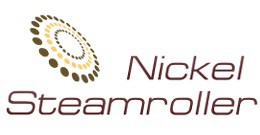 Michael Philips, a data analyst and software engineer by trade, saw the work that Ken was doing and was inspired. His domain, NickelSteamroller.com, was registered in July 2011. Soon both Ken and Michael were both providing much needed help to retail investors trying to pull apart peer to peer lending’s historical performance. Eventually, Ken over at LendStats seemed to take a leave of absence, and Michael stepped up to fill the gap. This is how NickelSteamroller became the go-to analytics site for peer to peer investors, the national portal to run statistical queries on the open loan data that Lending Club and Prosper had freely provided for years.
Michael Philips, a data analyst and software engineer by trade, saw the work that Ken was doing and was inspired. His domain, NickelSteamroller.com, was registered in July 2011. Soon both Ken and Michael were both providing much needed help to retail investors trying to pull apart peer to peer lending’s historical performance. Eventually, Ken over at LendStats seemed to take a leave of absence, and Michael stepped up to fill the gap. This is how NickelSteamroller became the go-to analytics site for peer to peer investors, the national portal to run statistical queries on the open loan data that Lending Club and Prosper had freely provided for years.
 However, Michael had mostly focused his work on Lending Club, and with Ken out of the picture, there was nobody helping investors analyze Prosper’s history. For almost a year, many of us investors struggled to get by. Rocco Galgano saw the need for another tool site, and launched Prosper-Stats.com in late 2012. And, for a season, Michael and Rocco each covered all the bases, Michael for Lending Club and Rocco for Prosper.
However, Michael had mostly focused his work on Lending Club, and with Ken out of the picture, there was nobody helping investors analyze Prosper’s history. For almost a year, many of us investors struggled to get by. Rocco Galgano saw the need for another tool site, and launched Prosper-Stats.com in late 2012. And, for a season, Michael and Rocco each covered all the bases, Michael for Lending Club and Rocco for Prosper.
I remember talking to Michael in early 2013 about Rocco’s work over at Prosper-Stats. Michael was really amazed at Rocco’s ability to compile and backtest Prosper data, since Michael had himself been somewhat struggling to add Prosper functionality to NSR.
So it was exciting in mid-2013 when Michael told me that he and Rocco had teamed up. These two talented and hard-working programmers decided to set aside competition and become a duo – to launch a combined back-testing tool that would feature both their work, and in doing it across both platforms, to launch a tool unlike anything offered before.
After months of work, Michael and Rocco launched NickelSteamroller 2.0 on January 29, just six days ago. NSR 2.0 is the first analytics site to service both Lending Club and Prosper since LendStats, and is completely free to the public. Here is the full announcement by Michael.
Again, this degree of collaboration and transparency is just par for the course within peer to peer lending. While the industry certainly has an element of competition, Michael and Rocco’s motion to both unify their labor and then give their work away is simply another instance of integrity within this asset class. Whenever my friends and family ask why I am so involved within p2p lending, I simply highlight stories like NSR.
The 5 Major Functions of NickelSteamroller
For people new to NSR, the site can be a bit overwhelming. To help, I have highlighted its main functions, ordered by what is generally seen as most useful to peer to peer investors. There are many additional things the site can do, but these are the big ones:
#1: Analyzing Lending Club & Prosper Historical Loan Data
Easily, the most popular function NSR does for investors is analyze how Lending Club & Prosper’s past loans have performed. For example, here is the backtesting tool for Lending Club showing the return on its $3.5B in loans, subsequently broken down by grade:
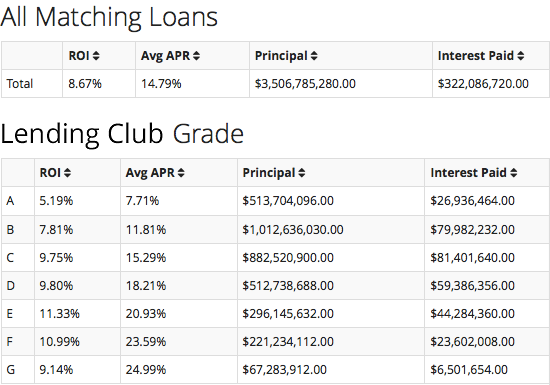
And here is the tool for Prosper, this time for $693M, and again broken by grade:
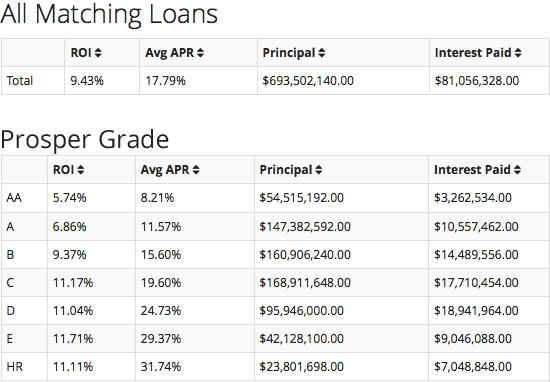
We can then explore this data by running statistical queries on it, creating filters that we can use for future investing. For instance, in the example above we see that Lending Club E-grade loans give the highest returns, with an 11.33% ROI. If we isolate all the E-grades loans and then break them down by their number of credit inquiries, a good filter begins to emerge, namely E-grade loans with zero inquiries (historical returns of 12.15%):
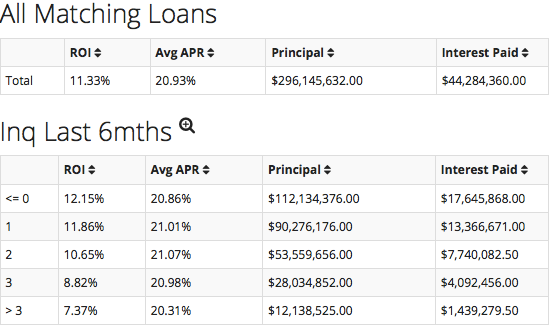
It deserves repeating that past performance is no guarantee of future returns, but personally I would feel quite comfortable with a Lending Club account that is diversified through this NSR filter (at least 200 E-grade loans with 0 inquiries).
You can endlessly play with this backtesting tool; I have spent countless hours on it. And the more time you spend, the better grasp you get on the historical loan data, and the more savvy of a strategy you can apply towards your investment going forward.
#2: Portfolio Analysis on Lending Club and Prosper
The other big thing NSR allows is a better measure of your returns than is typically provided by Lending Club or Prosper themselves (though Lending Club’s new tool helps). For instance, I can upload my notes.csv file using the Lending Club Portfolio Analyzer and have my portfolio valued with loss factors, which basically means it discounts loans based on status. Late loans are worth less on the open market, so NSR lowers your ROI (return on investment) in accordance with how much latency is in your portfolio.
For example, below I have had NSR discount my ROI by late notes (arrow 1), further breaking it down by loan grade or purpose. This graphic encourages me to find additional E-G grade loans (arrow 2):
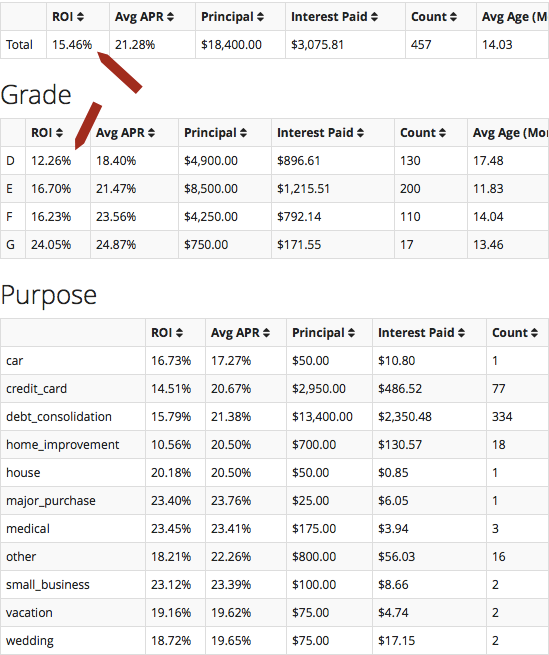
The amazing thing is that the new NSR 2.0 also includes a portfolio analyzer for Prosper (link), something that has never before been available to retail investors.
#3: Charts of Lending Club & Prosper Trends
The new NSR also has a ton of data on how the platforms are growing and changing day by day:
For instance, if I click on the Prosper chart for Monthly Interest Rates, I discover that Prosper has slowly been lowering its average loan rates over the past years. Every grade is between 1-5% lower than late 2011 (I feel this coincides with Prosper’s need switching from lenders to borrowers):
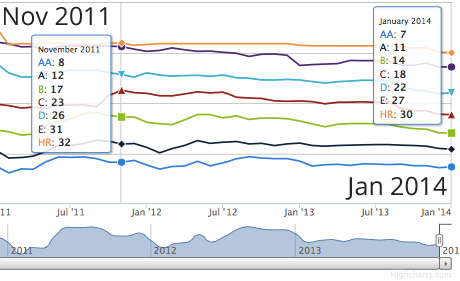
#4: Charts of National Economic Trends
One thing many investors do not pay too much attention to is the reality that peer to peer lending does not exist in a vacuum. While these borrowers (and their solid 700 credit scores) are an extremely stable investment, both Lending Club and Prosper have stated that swings in the national economy could have negative consequences for how well these borrowers pay back their loans.
Michael and Rocco understand that, and have set aside a section of their site solely for the purpose of keeping track of how the American economy is changing as a whole:
If I click on the unemployment rate link, arguably the most important one on the list, I can get a decent grasp of the national climate for borrowers making consistent repayments. For instance, I can notice that the US unemployment rate has improved a lot since its high of 9.9% in November 2009:
Charts like this are extremely helpful to keep an eye on regarding the weight of p2p lending within our overall investments. So if NSR’s unemployment chart eventually tops 10%, you can bet I will be investing a bit less in Lending Club & Prosper, and a bit more in something stable like CDs.
#5: Active Listings of Loans on Lending Club & Prosper
The final thing of interest that the new NSR allows us to do is to better filter the platform’s available notes. For example, the basic filtering on Lending Club’s site is just too bland. It does not really have the fine-tuning that serious investors need to quickly find the loans they are looking for. But NSR allows extremely fine tuned searches within Lending Club & Prosper’s list of available notes.
For example, say I wanted to quickly find notes with a:
- B-grade
- 36-month term
- Purpose of debt consolidation
- Interest rate of exactly 9.67%
By creating an NSR filter and running this filter across the list of available loans, three of them pop on my screen in milliseconds:

I could then click the Loan ID link to go directly to Lending Club’s site and make an investment.
Welcome to Self-Directed P2P Lending in 2014
A lot of changes have occurred in peer to peer lending over the past few years. A lot. However, two things have remained the same. First, the analysis continues to get better and better. Who can tell what things will look like five years from now, what tools will be available to those who want to pull apart the data and earn a higher than average return through lending money to people with great credit.
A second thing has remained consistent year by year, which is the inherent kindness of peer to peer lending’s companies and voices. The data, amazingly, will continue to remain open and available. NSR 2.0 is just more of this candor.
I want to send a huge thank you to Michael and Rocco for continuing to work in the spirit of this asset class, offering huge benefits to investors who might not necessarily have a hedge fund at their disposal. As all of us continue to invest, earn solid returns, and save for retirement, we owe a great deal of gratitude to the generous data scientists and programmers out there who have made our higher returns possible.
The new NSR: www.NSRPlatform.com (originally Nickelsteamroller.com)
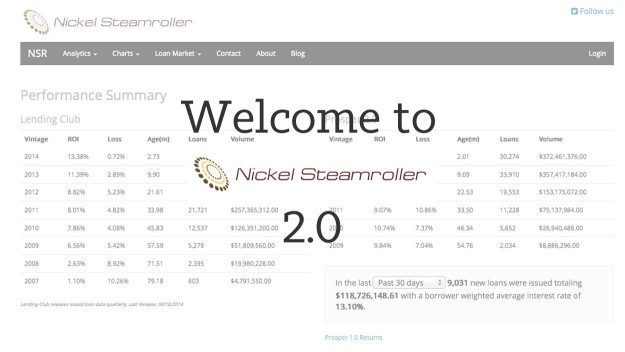
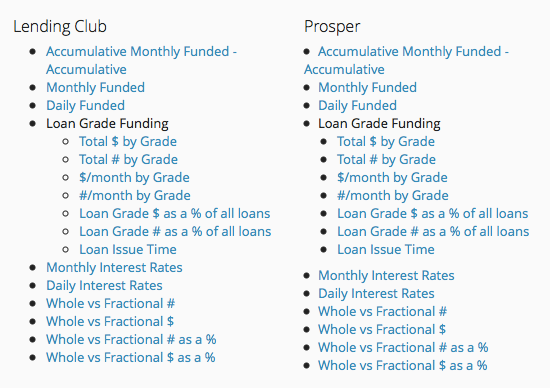
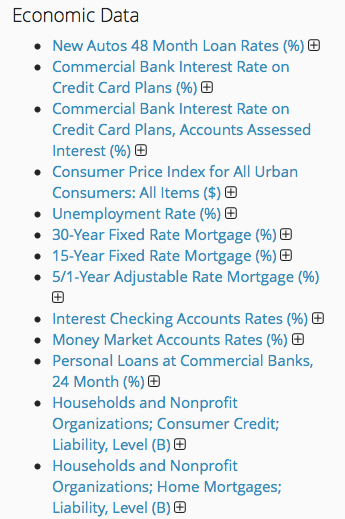
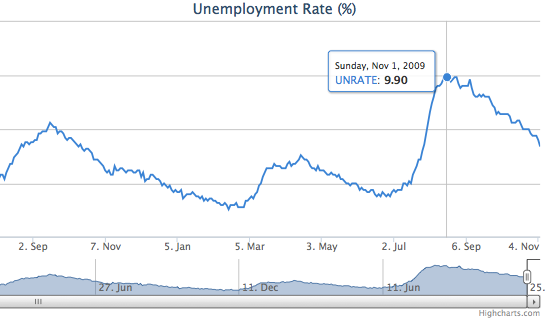
Simon…Outstanding work. Thanks for your insights and sharing. For those of us who are retired, investing in P2P Lending has become a godsend to balance out the low, low interest rates.
David, you are right. Several friends and family have started to use P2P lending to help in retirement. Virtually all fixed income assets classes are producing negative real returns. Assets like Junk Bonds, while the yield is higher, act like equities. I’m glad you are finding alternatives in retirement with P2P lending.
Great job in helping me understand how to use theNSR 2.0. I love that websites. Keep good works. Thanks.